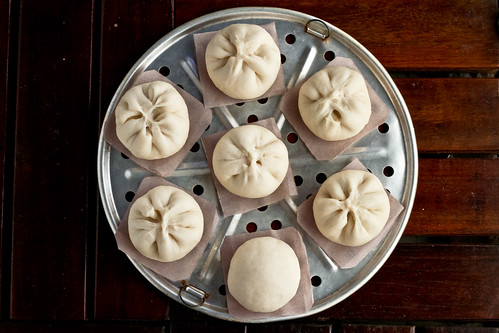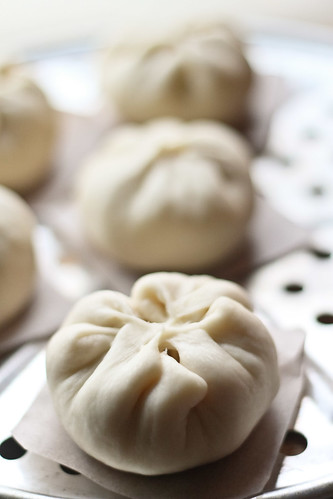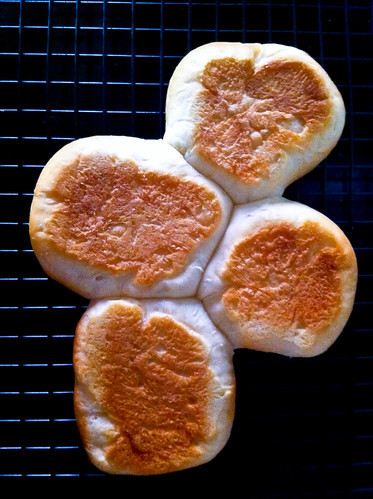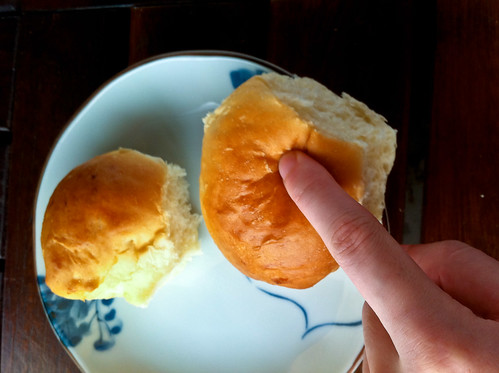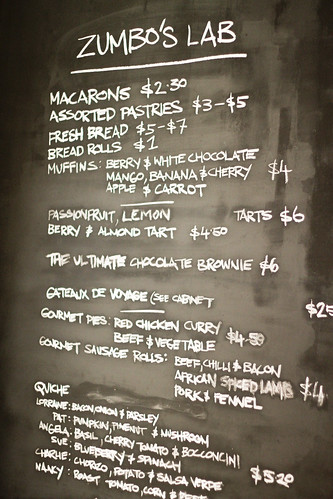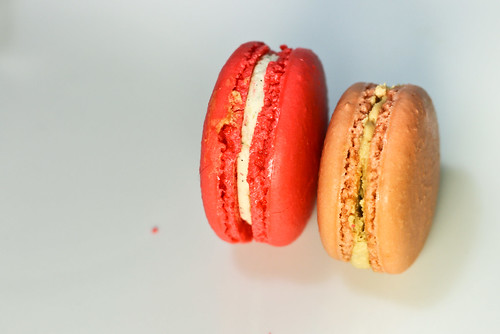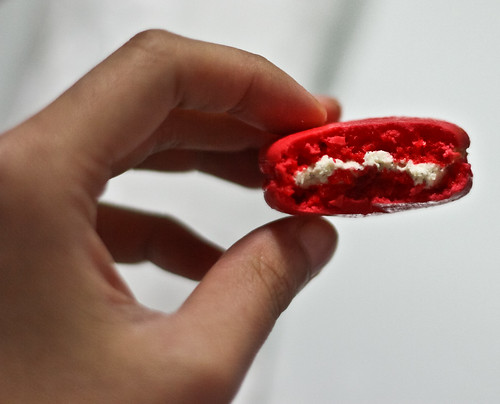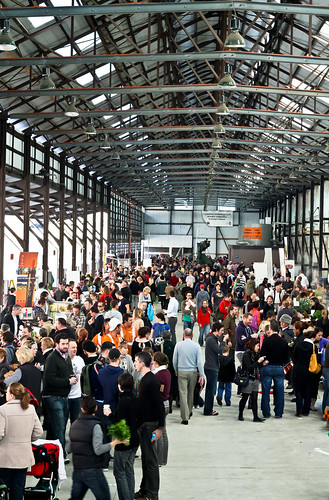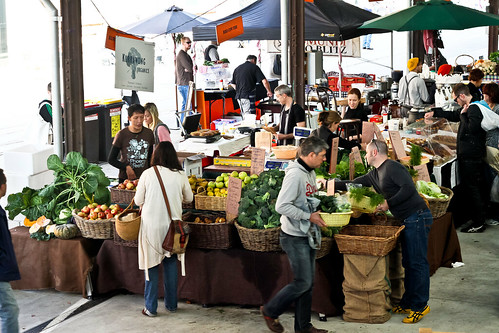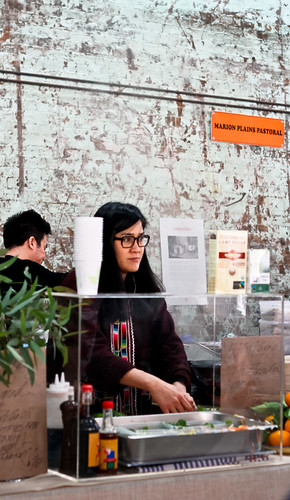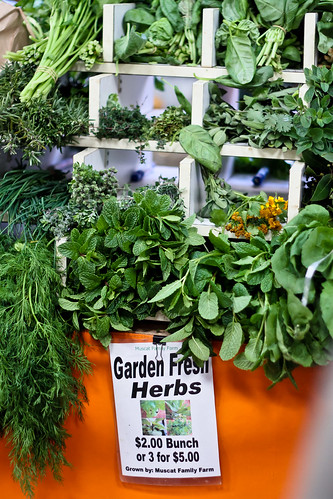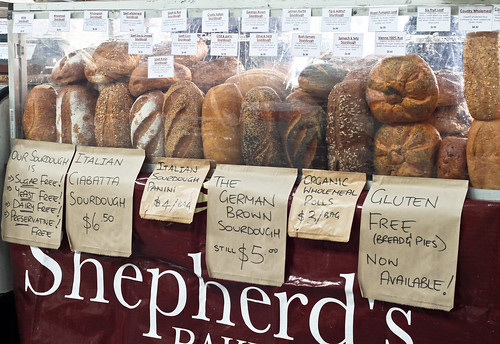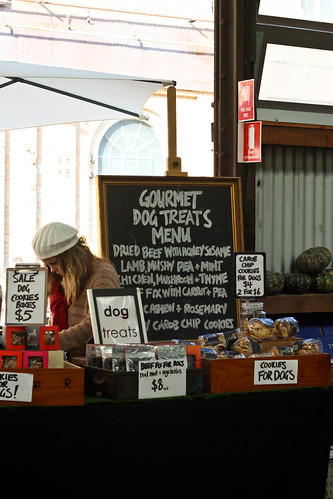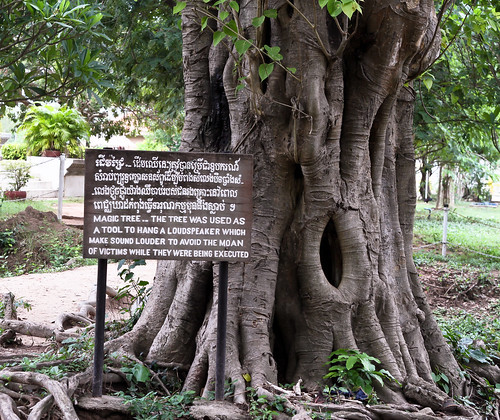I returned home to Singapore yesterday, only to be greeted by heavy showers and thunder. I could see countless lightning bolts, although I couldn't hear the thunder, and see the heavy nimbus clouds as the plane flew through them as we were about to land. Just moments before, as the plane began its descent into Singapore, the sun was setting over Malaysia and Indonesia and it really was a sight to see. The clouds never looked so magnificent when they are basked in that golden glow which a setting sun can provide.
When I arrived home, I was also greeted by a familiar sight (no smell since baos hardly emit any smell when steamed) - steamed baos waiting for my consumption :] I love baos - other than porridge, fried rice and Mee Hoon Kuay (面粉馃), they are my idea of a perfect homecoming present. I used to love to get these peanut baos from a coffeeshop near my place, but after hearing that no one consumes these baos and they are actually being repeatedly steamed on a daily basis for weeks (hence the oily bottoms and weird textures), I have not patronized them anymore. Instead, I bug my mother to make these baos for me. My mom makes a mean peanut steamed bun (花生包) and vegetable steamed bun (菜包). In fact, I now only eat baos that my mom makes, because I really don't like how mushy and weird tasting vegetable baos can get when purchased. I know many people swear by meat steamed buns (肉包) - 小肉包大肉包 but I don't really like meat buns because of the strong porky taste in those buns - I know right, I'm super picky. In any case, the only type of meat bun I like to eat is the honey-roasted pork bun (char siew bao or 叉烧包). This is the bun I will always order when having dimsum. However of late, I have been disappointed by the size, quality and price of these char siew baos. The filling has been decreasing in size, been increasingly replaced with more fats than meat, and the price of these baos have really skyrocketed! It was just a few months ago that I convinced my mom to attempt making char siew baos and to my delight, the results were phenomenal :] Needless to say, I hardly order bao when I'm out because these gems are really easy to make at home - you can make the filling on the first day and make the bao on the second if you don't have enough time - and it's really much quicker than making proper breads which require two periods of proofing and rising.
My mother got this recipe off the Blue Key bao flour box a long time ago, and has been making it for as long as I can remember. However, that tiny recipe booklet no longer accompanies the box (according to my mother), so here's the recipe for keepsakes [word for word from the booklet - see modifications below]:
Makes 14 moderately sized baos
500 g pau flour
6 g yeast
100 g sugar
50 g oil/shortening
250 g water
Method:
500 g pau flour
6 g yeast
100 g sugar
50 g oil/shortening
250 g water
Method:
- Mix flour and instant yeast together and dissolve the sugar in water.
- Mix all the ingredients in a mixing bowl, then knead the dough by hand for 10-15 minutes or by mixer until it becomes smooth and extensible.
- Scale the dough at 40g each. Round it and leave it to rest for 10 minutes.
- Flatten the dough and place your filling in the centre of the dough. Wrap the filling by folding the edge of the dough with desired design. Then place each dough on a small piece of square grease-proof paper.
- Cover the dough with a piece of clean plastic sheet and allow it to rise for 35-40 minutes.
- Place all the dough pieces in a steaming rack and steam for 15 minutes over the high heat.
Janine's jots:
- Modifications: I also add a pinch of salt to give the baos a little complexity to the taste. Also, be sure to use lukewarm water to dissolve the sugar, before adding the mixture into your flour and yeast. Once you get a rough dough, proceed to add in your oil. You can also use lard or shortening if you prefer. I use sunflower oil since it's available in my pantry all the time.
- Taste: This bao can actually be made into a mantou and be eaten on its own, because there is sufficient sugar to give it some taste. However, it tastes especially good when combined with a savory filling.
- Texture: The texture of the bao is perhaps not as smooth as those you can get from yum char places, but it's perfectly fine for consumption at home. Perhaps a little bit of wheat gluten and more shortening will result in that smoother bao you can get from shops.
- Serving size: This recipe makes enough for 14 similar shaped buns.
- Storage: These baos store in the fridge well for about 3 days and freeze perfectly. From the fridge, just steam them again for about 10-15 minutes. From the freezer, remove them to thaw before steaming them or you could just steam them for 30 minutes.
- Would I make this again?: Definitely. This is a family staple, and this is perhaps the only way in which I can consume my beloved peanut baos (it's so rare nowadays) and the only way in which I can have a vegetable bao with some chicken inside ;p
- Other comments: For the "grease-proof" paper that the recipe mentions, you can use baking paper or tracing paper, cut into little squares.
In pictures:
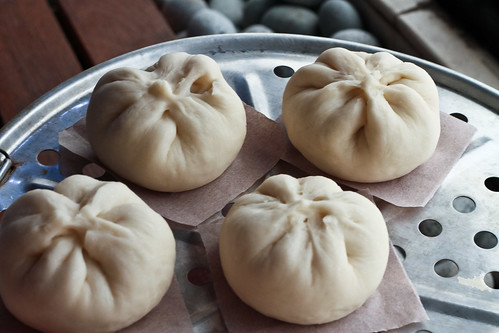 |
| These baos are proofed (see how the pleats are not as prominent as before) and ready to be steamed :] |
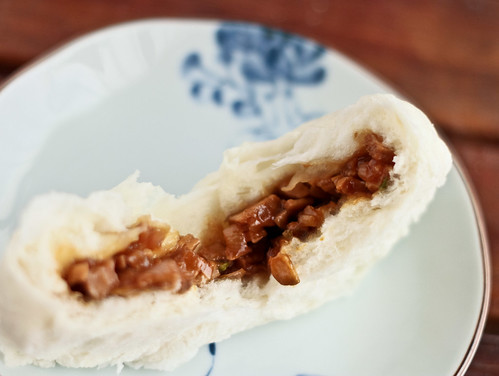 |
| Look at this dreamy char siew filling! Unlike those in stores, this is all meat and little fats - no red coloring is used :] |
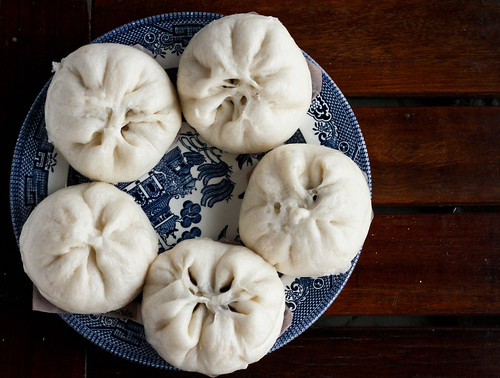 |
| Steamed baos - look at how fat they have become - the pleats are almost giving way :/ |
 |
| Another close-up for good measure :] |
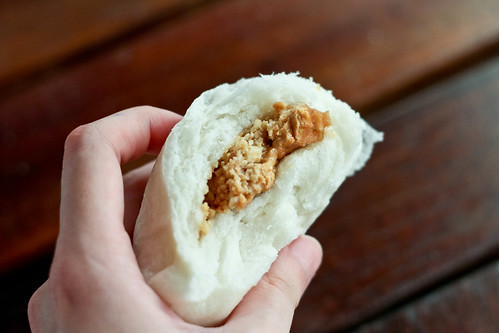 |
| My absolute favorite - the peanut bao |
 |
| And last but not least, my mom's version of vegetable bao - with half a hardboiled egg and pieces of chicken :D |

